Elections Performance Index Update Features 2014 Midterm Data
In 2013, The Pew Charitable Trusts unveiled the Elections Performance Index (EPI), which provided the first comprehensive assessment of election administration in the 50 states and the District of Columbia. Now, the online interactive tool has been updated to include data from 2014, allowing users to compare midterm elections for the first time.
Key findings include:
Elections performance improved overall. Nationally, the average of all indicators across all states rose 5.1 percentage points from 2010 to 2014. Forty states plus the District of Columbia improved their scores, while 10 states’ averages declined.
High-performing states tended to remain high-performing and vice versa.Most of the highest performing states in 2014—those in the top 25 percent—were also among the highest performers in 2010, and six—Colorado, Delaware, Michigan, Minnesota, North Dakota, and Wisconsin—were high performers in all elections measured in the index: 2008, 2010, 2012, and 2014. The lowest performers followed a similarly consistent pattern.
Gains were seen in most indicators. Of the 15 indicators used in both 2010 and 2014, national performance improved on nine, including a decrease in the rate of military and overseas ballots rejected and an increase in the number of states providing online voter registration to 20 plus the District, up from just two in 2008.
This progress is largely the result of the efforts of Pew’s many partners, and they have our gratitude. We remain as committed to this work today as we were when our elections initiatives began just after the 2008 election. With the successful rollout of the latest EPI now completed, we will pivot with our partners at MIT to planning data collection efforts for this year.
The findings also reveal steps that states can take to make elections increasingly cost-effective and efficient. Among the most valuable are collecting more and better data, implementing online voter registration and upgrading registration systems, and using polling place management tools to allocate resources and reduce wait times. The bipartisan Presidential Commission on Election Administration also recommends these strategies.
To support states in these efforts for 2016 and beyond, Pew is working with our partners to finalize the data necessary to power the Voting Information Project (VIP) apps and tools that provide polling place locations and ballot information across a range of technology platforms. An initiative of Pew, in partnership with Google and the states, VIP helps ensure that U.S. voters get the information they need to cast their ballots. We also are continuing our financial commitment to grants for mailings and research to expand the reach of the Electronic Registration Information Center—a multi-state data-sharing partnership that uses secure, state-of-the-art technology to furnish election officials with the information they need to keep voter lists complete and current.
Alexis Schuler is the senior director and Kyle Ueyama is a research associate for election initiatives at The Pew Charitable Trusts.
This post was previously featured on Pew’s Election Data Dispatches. The Data Dispatches provide data, research, and analysis about election administration in the U.S. Follow future Data Dispatches on Twitter using #electiondata and get the latest data dispatches, research, and news by subscribing today.
